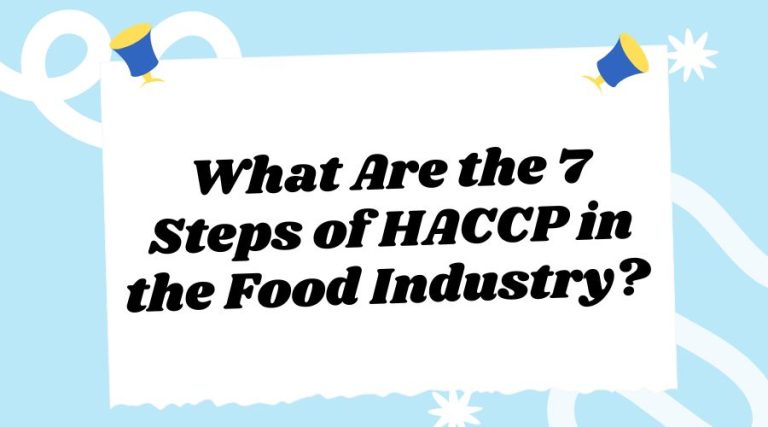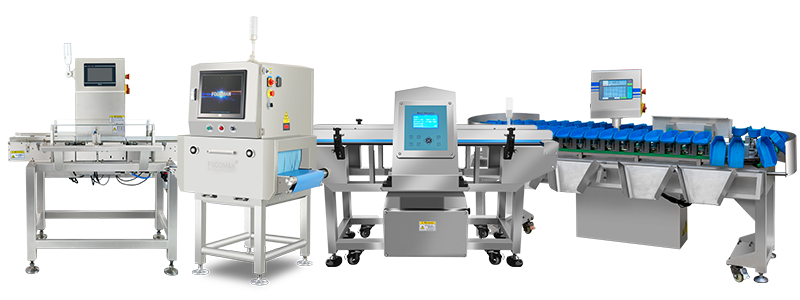Introduction: The Growing Importance of Food Safety
Food is one of the most fundamental needs of human life. Yet, food safety has become increasingly complex in today’s globalized food chain. From large-scale processing facilities to small family-run restaurants, ensuring food safety is no longer optional—it is an absolute necessity. This is where HACCP, or Hazard Analysis Critical Control Point, plays a crucial role.
Many professionals and consumers ask: what is HACCP, what is HACCP in food industry, or even HACCP what does it stand for? At its core, HACCP safety food standards are a systematic approach to identifying and controlling potential hazards that may compromise food safety. In fact, the hazard analysis critical control point HACCP food safety system has become the international benchmark for minimizing food risks, protecting public health, and maintaining consumer confidence.
In this article, we will carefully examine what is HACCP definition, explain what is a HACCP plan, and provide a detailed guide to the 7 steps of HACCP. This will help clarify how the system works, why it matters, and how it can be applied across different segments of the food industry.
What Does HACCP Mean?

But before we hop on to the seven steps, you should probably know what HACCP is. The abbreviation is for Hazard Analysis Critical Control Point. The HACCP was created in the 1960s by NASA and the Pillsbury Company to prevent harmful foods from being sent into space with astronauts. Today, the scheme is an internationally-accepted method for controlling food safety risks.
First we ask what is HACCP mean or what does HACCP mean the answer is simple: a systematic control on possible hazards where it is safe to do so in food production. It is proactive, unlike traditional inspection, which focuses on the finished product, and aims to prevent or at least reduce the chance of whatever could possibly go wrong.
So, what is HACCP in food industry? It is the structured set of principles that protect consumers, build trust in food brands, and ensure regulatory compliance. By creating a clear HACCP plan, businesses can demonstrate due diligence and safeguard both their reputation and the well-being of their customers.
Why HACCP Matters in the Food Industry?
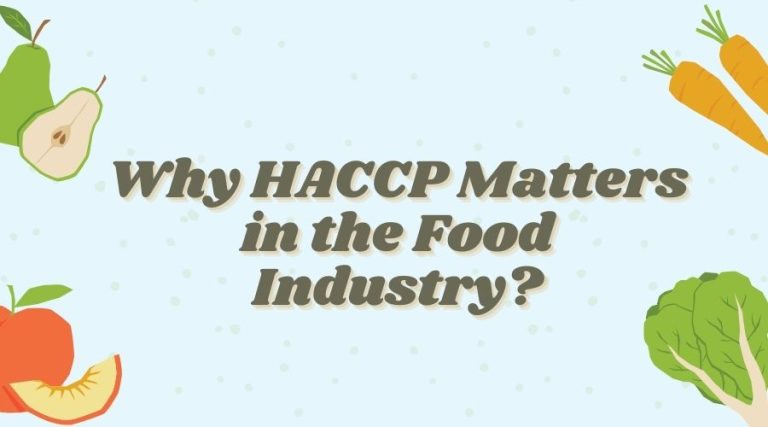
Failures in the safety of food can be deadly. Even one instance of contamination can result in sickness, recalls, lawsuits and sometimes irreparable damage to a brand. The consequence is that HACCP principles based on hazard analysis in critical control point have in many places of the world become obligatory in food industries.
But in addition to regulations, there is a pragmatic case for adopting safety food systems based on HACCP: they draw a line against harm before it occurs. Through recognizing threats, establishing HACCP critical control points, monitoring activities and making proper interventions, businesses can maintain food safety with extraordinary accuracy.
For instance, no HACCP plan in place can result in salmonella contaminated meat being discovered only when a consumer finds it. However, under a proper HACCP safety food system every stage even slaughter through to packaging is under rigorous control points of HACCP. This proactive approach significantly reduces risk.
The 7 Steps of HACCP in the Food Industry
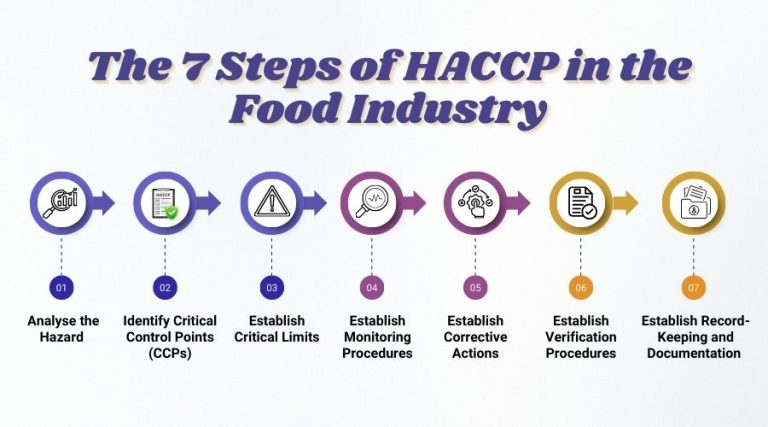
Now we are clear about what is HACCP definition and what is HACCP plan, let’s break down the seven principles of haccp. All of these steps are related and combine to make a whole food safety system.
Step 1: Analyse the Hazard
The world class Hazards Analysis is where you start any system design. This requires identifying every possible risk that can threaten food safety. Risks That Which Integrate Risks combine into three main families:
Biohazard: Bacteria, viruses, parasites, or fungi.
Chemical hazards: Pesticide residues, cleaning supplies, or food additives that are unsafe.
Physical hazards: glass, metal, or plastic.
For instance, in a seafood processing plant, biological hazards might include Vibrio bacteria, while physical hazards could involve pieces of shell or packaging debris. By identifying these hazards at the start, businesses can build a solid hazard analysis critical control point HACCP plan tailored to their specific risks.
Step 2: Identify Critical Control Points (CCPs)
Once hazards are identified, the next step is to determine where they can be prevented, eliminated, or reduced to acceptable levels. These stages are called HACCP critical control points.
Examples include:
Cooking chicken to eliminate pathogens.
During milk production, detection must be conducted to detect the presence of foreign objects.
During meat processing, it is necessary to detect whether metal foreign objects such as blades have been mixed in.
These HACCP points serve as “checkpoints” that determine whether the process is under control. Missing a CCP could mean failing to prevent a dangerous hazard from reaching the consumer. Therefore, the proper identification of hazard critical control point HACCP is fundamental to the system.
Step 3: Establish Critical Limits
After CCPs are identified, precise limits must be established. These are known as HACCP critical limits, which set measurable boundaries between safe and unsafe conditions.
For example:
Cooking ground beef to a minimum internal temperature of 160°F (71°C).
Storing seafood below 40°F (4°C).
Maintaining pH levels within safe ranges for canned foods.
By clearly defining these thresholds, businesses can maintain strict control. If the critical limits are not met, corrective action must be taken immediately. Without such limits, HACCP safety food systems cannot effectively protect consumers.
Step 4: Establish Monitoring Procedures
A system is only as strong as its monitoring practices. At this stage, businesses create monitoring systems HACCP can rely on to ensure CCPs are consistently controlled.
Monitoring may involve:
Temperature checks at regular intervals.
Visual inspections of equipment cleanliness.
Metal detectors are used during production to detect metallic foreign objects mixed within the products.
Use X-ray machines to detect foreign objects such as rubber, glass, stones, and bones within products.
Recording times and conditions of storage.
Consider a dairy facility. Monitoring refrigerator temperatures at set intervals ensures milk remains safe. If deviations are spotted, immediate action can be taken. These monitoring activities form the operational backbone of any HACCP plan.
Step 5: Establish Corrective Actions
No system is perfect, which is why corrective actions are essential. When monitoring indicates that a HACCP critical limit has been breached, predefined corrective measures must be taken.
Examples include:
Reheating a product to meet safe temperatures.
Discarding contaminated batches.
Use a visual inspection system to verify whether product labels and seals meet standards.
Repairing faulty equipment before resuming production.
These corrective actions guarantee that unsafe products never reach consumers. They also reinforce accountability within the hazard analysis critical control point HACCP system.
Step 6: Establish Verification Procedures
Verification ensures that the HACCP system is functioning effectively. Unlike monitoring, which is ongoing, verification confirms the overall reliability of the system.
Verification may involve:
Calibrating thermometers to ensure accuracy.
Reviewing records and logs.
Conducting laboratory tests to confirm safety.
Without verification, even the most carefully designed HACCP control points could fail unnoticed. Verification gives both businesses and regulators confidence that the system is robust and effective.
Step 7: Establish Record-Keeping and Documentation
The final step of the HACCP process is comprehensive documentation. Every stage, from hazard analysis to corrective actions, must be recorded.
Documentation includes:
Monitoring records.
Verification reports.
Training logs for staff.
If inspectors or auditors ask what is HACCP plan or how a facility ensures compliance, these documents provide proof. Moreover, strong records allow businesses to review performance over time and make continuous improvements to their HACCP safety food systems.
HACCP in Practice: Real-World Application
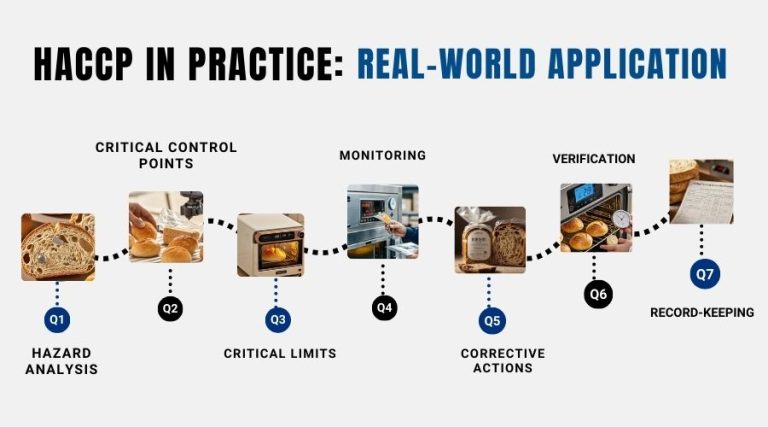
To illustrate the steps, consider a bakery producing bread for commercial distribution:
Hazard Analysis: Identifying risks such as mold contamination, metallic or non-metallic foreign objects mixed into bread.
Critical Control Points: Detect foreign objects such as metal, glass, or stones mixed into bread. Use visual inspection systems to check for packaging leaks, missing labels, and other defects.
Critical Limits: Oven temperature of at least 190°C and packaging free from defects.
Monitoring: Checking oven readings every hour and inspecting packaging materials.
Corrective Actions: Re-baking undercooked loaves or discarding compromised packaging.
Verification: Calibration of oven thermometers and microbial testing of bread samples.
Record-Keeping: Logging all temperature checks, corrective actions, and inspection results.
This simple but systematic approach demonstrates how hazard analysis critical control point HACCP creates a reliable safety net.
The Broader Impact of HACCP
Beyond compliance, HACCP contributes to global food security and consumer confidence. For businesses, it minimizes financial risks associated with recalls, protects brand reputation, and ensures long-term sustainability. For consumers, it builds trust that every meal they consume meets the highest safety standards.
Thus, when someone asks what is a HACCP, what is HACCP plan, or what does HACCP mean, the answer goes beyond definitions. It is a universal system designed to protect lives and livelihoods through structured, proactive safety management.
Conclusion: HACCP as a Foundation of Trust
The 7 steps of HACCP provide a structured and effective framework for ensuring food safety. From hazard analysis to record-keeping, each step builds upon the other to create a comprehensive safeguard against risks.
Ultimately, what is HACCP in food industry is not just a theoretical system—it is a practical, essential framework that protects consumers, strengthens businesses, and supports global trade. By implementing and maintaining HACCP safety food standards, the food industry demonstrates its commitment to health, trust, and responsibility.
Food is more than nourishment; it is a shared experience and a foundation of life. Thanks to hazard analysis critical control point HACCP, we can enjoy that experience with confidence, knowing safety is always at the forefront.
FAQs
What is HACCP in food industry?
HACCP in food industry refers to a preventive system known as Hazard Analysis Critical Control Point. It is designed to identify potential hazards in food production and establish controls to prevent risks such as contamination, chemical hazards, or physical foreign objects entering food products.
What does HACCP mean?
What does HACCP mean is a common question among consumers. The acronym stands for Hazard Analysis Critical Control Point, which is an internationally recognized framework for monitoring food safety. It is through structured monitoring, control, and documentation.
What are the 7 steps of HACCP?
The 7 steps of HACCP are:
- Conduct a hazard analysis.
- Identify critical control points (CCPs).
- Establish critical limits.
- Establish monitoring procedures.
- Establish corrective actions.
- Establish verification procedures.
- Establish record-keeping and documentation.
These steps form the foundation of what is HACCP plan and ensure consistency in food safety management.

